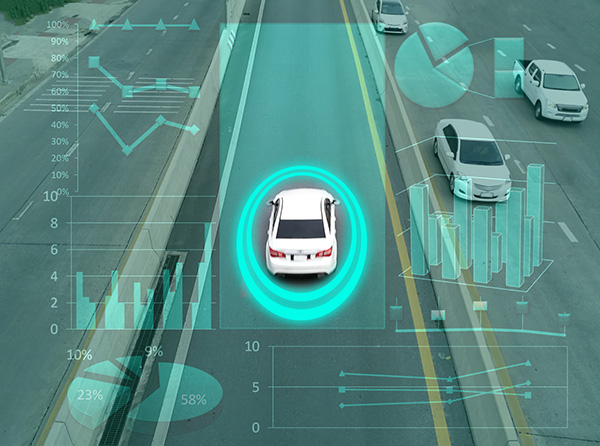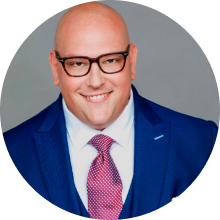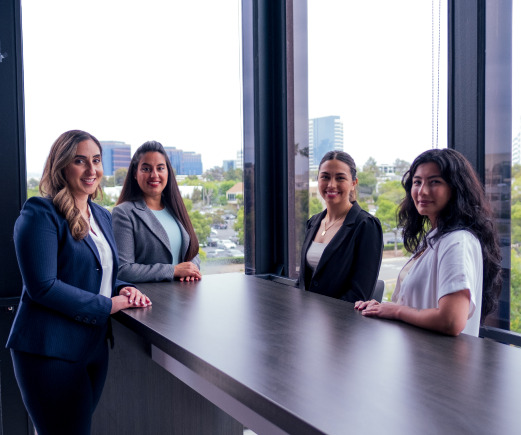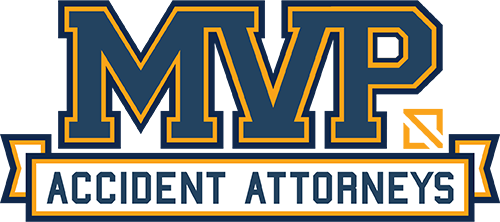
Who’s responsible for a self-driving car crash in california?
Determining liability in accidents that involve driverless cars
A self-driving car—one that doesn’t require the fully engaged attention of a human driver—can also be described as being on “autopilot.” Specifically, it refers to the automatic control of a vehicle by a device.
These cars can drive themselves in specific settings with consistent speeds, like highways. The industry standards for levels of autonomy are:
-
- Level 0 - No autonomous features
-
- Level 1 - Cruise control
-
- Level 2 - Braking, speed and steering
-
- Level 3 - Some conditions allow automated primary driving functions
-
- Level 4 - Most conditions allow automated primary driving functions
- Level 5 - All conditions allow automated primary driving functions
If you have a car equipped with cruise control, you’re already sometimes operating the car on a level of autopilot.
There are features available in newer cars that provide some autonomy, even though they still require a driver to be actively engaged. Technology like cameras, radar and sensors perform tasks in order to prevent collisions, but they still rely on the attentiveness and skill of the driver. Your car might include:

As nice as it is to have a car with these features, they could encourage a driver to become negligent if the driver feels that they don’t need to pay as much attention to driving because the car will do their work for them—and that’s simply untrue.
How many accidents and deaths involve self-driving vehicles?
The National Highway Traffic Safety Administration (NHTSA) found cars with driver assistance systems and partial self-driving features were responsible for 392 crashes between July 2021 and May 2022.
Of those nearly 400 crashes, 273 involved a Tesla autopilot vehicle. Honda and Subaru autopilot cars accounted for 100 crashes, and the remaining crashes involved cars made by Toyota, Volkswagen, General Motors and Ford.
Other statistics about these crashes include:
-
- 98 of the crashes resulted in personal injuries (11 of which were severe)
-
- More than 100 of the crashes involved other vehicles
- 11 of the crashes involved bicycles or pedestrians
Manufacturers insist that self-driving cars are safe, and perhaps that’s true. The reality is that the data don’t tell the whole story—yes, these seem like large numbers of particular types of vehicles involved in accidents. But accidents will happen with all types of cars, self-driving or otherwise.
Are these numbers really reflective of a problem, or are they the average number of accidents that would have happened regardless of who (or what) was driving the car? We don’t know yet, but as self-driving cars become more prevalent, we will begin to see more data on whether they’re actually causing crashes or simply involved in them.
However, the question being raised is if you give up some control over your car’s driving, then are you liable for an accident? Or—the reverse—if you’re in an accident with a self-driving car, who would you hold responsible for your damages?
Who’s liable in an accident with a self-driving car?
After any car accident, the likely question is, “who was at fault?” This is important because California is a “fault” state, which means the person who caused an accident is responsible for paying for the damages of an injured victim.
When you’re in a car accident, the victim (injured person) can obtain damages (financial compensation) from the liable party in 1 of 2 ways:
-
- Insurance settlement; or
- Personal injury lawsuit.
Insurance is your 1st call. You would resort to a personal injury lawsuit if the insurance payout is insufficient for whatever reason. (For instance, the insurance company won’t pay the entirety of your costs, they disagree on liability, etc.)
Either way, the 1st step is to determine who was negligent.
In “old-fashioned” car accidents where every person would be completely in control of their vehicle, the person who caused the accident would be considered negligent if their behavior demonstrated a failure to act according to the duty of care to another road user. It would be presumed that the car was fully controlled by the driver.
But cars with certain self-driving capabilities make this a little murkier.
It’s always been the case that if the accident can be attributed to a defect of the vehicle, the claim can be made against the manufacturer. This is called a product liability lawsuit.
A product liability lawsuit hinges on a defect in the item. A defect can be:
-
- A manufacturing defect, which means something went wrong during the construction of the item that caused the item to become dangerous even when used properly.
-
- A design defect, which means the product was inherently unsafe when manufactured according to its specifications.
- A failure to warn, which means that the product needs to have appropriate warnings or instructions for use. When followed correctly, the item should be safe.
Each of these factors would be considered when establishing liability. Your California car accident lawyer would review the evidence and work to determine whether there was an issue resulting from a defect in the vehicle or if the accident was the fault of the driver. You could then file a lawsuit against the negligent party.
Real-life example of an autonomous vehicle crash
A fatal 2019 crash involving a Tesla S resulted in both a civil lawsuit and criminal charges for the driver. The Tesla hit a Honda Civic, and its 2 occupants were killed.
The driver of the Tesla was ultimately charged with 2 felony counts of vehicular manslaughter with gross negligence for their deaths.
The family of 1 of the victims filed a civil lawsuit against the driver, alleging that he was speeding while using the autopilot feature. The technology allowed the car to steer, brake and accelerate on its own. This case is still unresolved in the courts, but Tesla issued a statement saying that the driver was still ultimately responsible for the functioning of the vehicle.
Evidence showed that the driver had not used the brake in the 6 minutes prior to the crash. Experts have said that regardless of the functions the car is able to carry out on its own, the driver is still responsible for the vehicle.
Should the manufacturer share responsibility for crashes involving self-driving cars? Only time will tell how the courts will handle these types of cases.
What to do if you are involved in an accident involving a self-driving car
You can approach an accident involving a self-driving car the same way you would any other type of crash. If you’re able to do so at the scene, take down the make and model of the car along with all of the driver’s information. Then, contact a lawyer.
Your lawyer can request evidence from the relevant parties to determine whether the crash was the driver’s fault or if it was the result of a defect in the vehicle. That data will inform how you proceed with a lawsuit or insurance settlement if necessary.
If you’ve been involved in a car accident with a self-driving car in California, contact the experienced car accident attorneys at MVP Accident Attorneys. We can investigate your case to help prove fault and get you the compensation you deserve. Contact us today for a free consultation of your case.
Author

Brett Sachs
Brett S. Sachs graduated from Michigan State University College of Law with Cum Laude Honors. While attending Michigan State, Brett was awarded for his service in the Michigan State University College of Law Civil Rights Clinic, where he represented prisoners of the Michigan Department of Corrections from injustices brought upon them. Learn more.
Top-Rated Lawyers

Lizbhett Rodriguez
Jason Acosta

When You’ve Been Injured
Personal Injury Law

